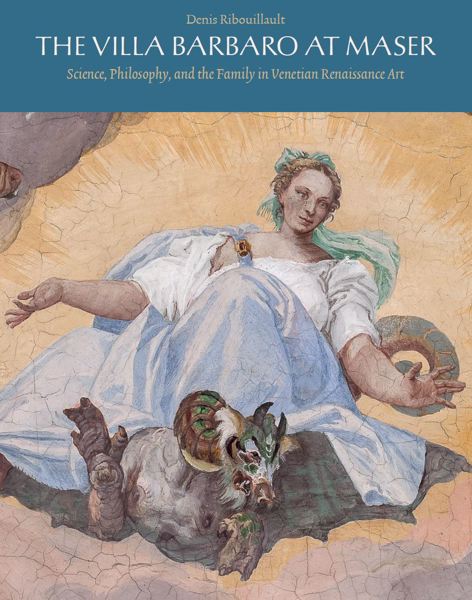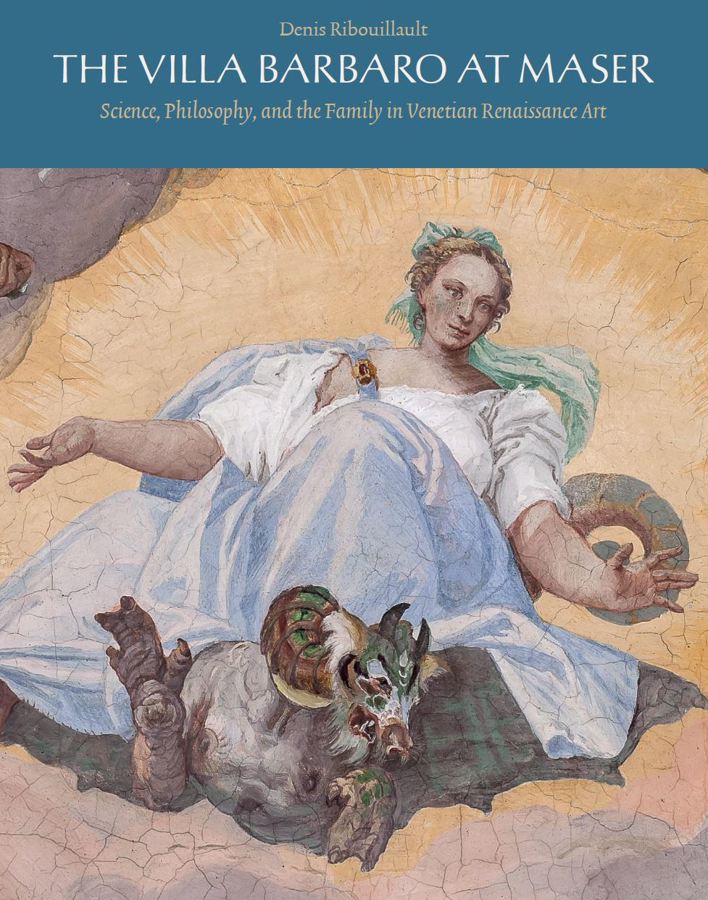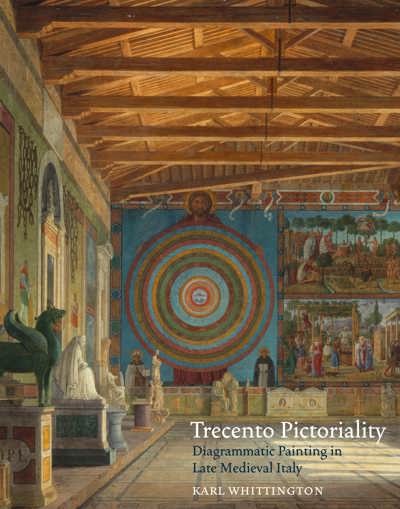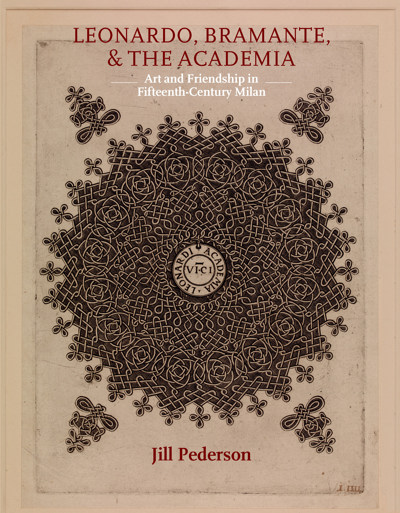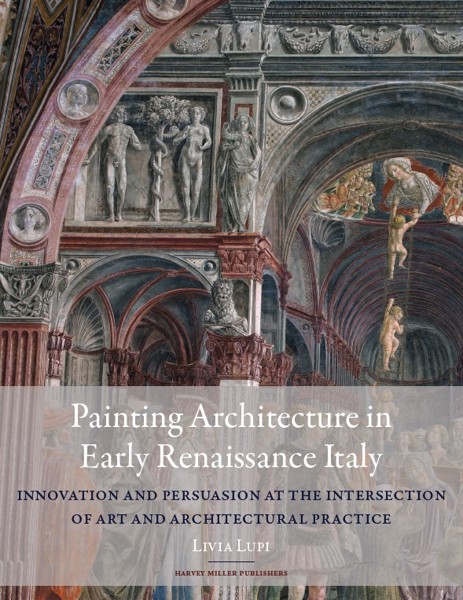
The Villa Barbaro at Maser
Science, Philosophy, and the Family in Venetian Renaissance Art
Denis Ribouillault
- Pages: 272 p.
- Size:220 x 280 mm
- Illustrations:10 b/w, 220 col.
- Language(s):English
- Publication Year:2023
- € 125,00 EXCL. VAT RETAIL PRICE
- ISBN: 978-1-915487-02-5
- Hardback
- Available
Through a careful visual analysis of its architecture, paintings and sculptures, this book offers the first comprehensive analysis of the Villa Barbaro at Maser, one of the most famous and beautiful creations of the Italian Renaissance.
Denis Ribouillault is professor of early modern art history at the University of Montreal. His research focuses on Renaissance villa culture, cultural landscape and garden studies and the intersection between art, science, and literature in the early modern period. He is the recipient of numerous grants including a French Academy in Rome Fellowship, Florence J. Gould Fellowship at Villa I Tatti, and a Dumbarton Oaks Fellowship.
Through a careful description of its architecture, paintings and sculptures, this book offers the first comprehensive analysis of the Villa Barbaro at Maser, one of the most famous masterpieces of the Italian Renaissance. Commissioned and designed by Daniele Barbaro, a leading humanist of the Venetian Renaissance, and his brother Marc’Antonio, an important politician of the Republic of Venice and a talented amateur artist, the villa’s architecture and painted decoration were created by two canonical figures of Renaissance art: the architect Andrea Palladio and the painter Paolo Veronese. By offering a new and holistic reading of the iconographic program of Villa Barbaro, the study highlights in particular the importance of women, childbirth and motherhood. With a strong multidisciplinary approach, the book is also a contribution to the history of astronomy, philosophy and domesticity in sixteenth-century Venice.
INTRODUCTION
The family and their artists: A portrait gallery
Setting up the investigation: Historiography and method
Notes
Part One
THE WOMAN IN WHITE
I The sundials
II Daniele Barbaro the astronomer
III The cosmos in a villa: The Hall of Olympus
IV The identity of the woman in white
V When the Sun meets the Moon: A dragon story
VI Eclipses, the writing of history, and the reform of the calendar
VII The Room of Virtues: Daniele Barbaro between reason and faith
VIII The Room of Fortune and Venetian geopolitics
Notes
Part Two
DELOS IN TERRAFERMA
I The entrance to the villa: Time, the sea, and a marriage
II The double-headed eagle: Francesco Barbaro, Venice, and the East
III Welcome to the villa: The concept of hospitality and Villa Barbaro as a theater stage
IV The Hymenaeus Room: Untying the girdle
V The Bacchus Room: The civilizing process
VI Keeping the fire alive: The chimneypieces in the Hymenaeus and Bacchus rooms
VII The Cruciform Hall, Part 1: Childbirth
VIII The Cruciform Hall, Part 2: Crusade
IX The nymphaeum: An image of fertility
X The grotto: Socrates, Daniele Barbaro, and the immortality of the soul
XI The ten statues of the hemicycle
XII Civil happiness
Notes
Conclusion
Notes
Epilogue
MARINA VOLPI, TOMASO BUZZI, AND THE "RESTORATION" OF THE 1930s
Notes
List of Illustrations
Bibliography
Index
